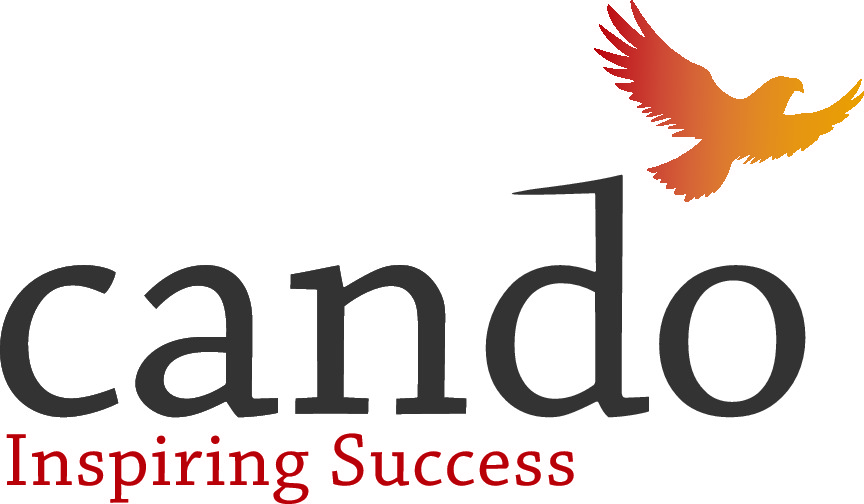Triumph: Brenda Parsons, Indigenous Entrepreneur
DOI:
https://doi.org/10.54056/GUWY7567Keywords:
Business And Economics, Business plans, Capitalism, Communication, Companies, Cultural heritage, Customer services, Design, Employees, Employment, Entrepreneurs, Entrepreneurship, Ethnic Interests, Ethnicity, Indigenous peoples, Marketing, New technology, Newspapers, Niche marketing, Printing, Printing industry, Promotional products, Publishing, Society, Success, Technology adoption, Ventures, Workforce, Indigenous women in business, Indigenous, Indigenous economic leadership, Indigenous economic developmentAbstract
CANADA'S PRINTING INDUSTRY AT A GLANCE The printing industry in Canada encompasses a wide range of services, from printing and publishing books, newspapers, and magazines, to creating labels and wrappers for food products. In order to shine in this market, successful printing businesses not only must adopt new technology, they also need to have marketing expertise, a highly skilled workforce, attractive product presentation, and the ability to fill demands of the local market through strong network connections. ALL NATIONS PRINT OVERVIEW All Nations Print (ANP) is a full service printing company that provides printed material, promotional products, and design work to Indigenous communities and organizations located primarily in Manitoba. For certain Indigenous ventures, "the day-to-day activities of the businesses are conducted with social objectives in mind.
Downloads
References
American Printing History Association. (n.d.). History of printing timeline. Retrieved from https://printinghistory.org/timeline/
Anderson, R.B., Leo, P.D., & Dana, T.E. (2006). Indigenous land rights, entrepreneurship, and economic development in canada: “opting-in” to the global economy. Journal of World Business, 41(1), 45–55.
Atleo, C.G. (2017). Indigenous capitalism: Is resistance futile or fertile. Journal of Aboriginal Economic Development, 9(2), 42.
Leach, N. (2019). Printing in Canada. IBISWorld Industry Report 32311CA. Retrieved from IBISWorld database.
Lindsay, N. (2005). Toward a cultural model of Indigenous entrepreneurial attitude. Academy of Marketing Science Review, 9(2). https://cdn.ymaws.com/www.ams-web.org/resource/resmgr/original_amsr/lindsay05-2005.pdf
Peters, E.J. (2009, March). Opportunities and challenges urban environments represent for urban Indigenous economic development. Urban Indigenous Economic Development National Network.
Sheffield, C. (2015, October 5). Compassionate capitalism is the best solution to global poverty. Forbes. Retrieved from https://www.forbes.com/sites/carriesheffield/2015/10/05/compassionate-capitalism-is-the-best-solution-to-global-poverty/?sh=57aa4d9a658d
Wong, W., & McMurdy, D. (2009, June). Prosperity Through Partnerships: Framing the Future of Aboriginal Economic Participation. Outcomes Report. Ottawa: Public Policy Forum. https://web.archive.org/web/20180206155722/http://www.ppforum.ca/sites/default/files/Prosperity%20through%20Partnerships-Outcomes%20Report_for%20web.pdf
Downloads
Published
Issue
Section
License
Copyright (c) 2020 Cando

This work is licensed under a Creative Commons Attribution-NonCommercial-NoDerivatives 4.0 International License.




